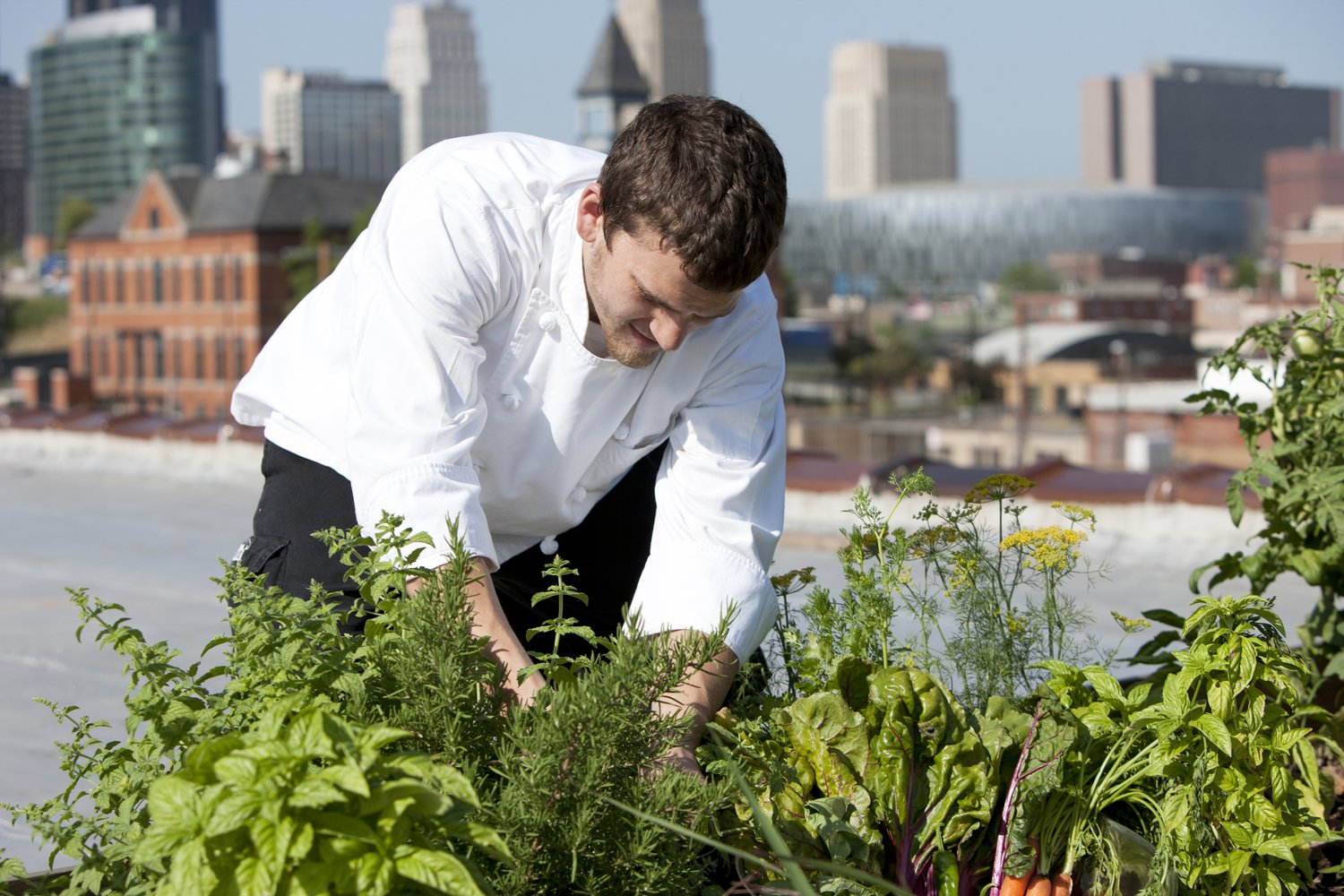An Unbiased View of City Blooming
An Unbiased View of City Blooming
Blog Article
5 Easy Facts About City Blooming Explained
Table of ContentsThe Main Principles Of City Blooming City Blooming Fundamentals ExplainedLittle Known Facts About City Blooming.The Best Strategy To Use For City BloomingSome Ideas on City Blooming You Should Know
Intrigued in expanding food for sale in the City of Chicago? Below is a list of regularly asked concerns regarding the guidelines and guidelines that cultivators need to think about when preparing a city farming job.
The zoning modification does not modify any kind of other codes taking care of composting, building authorizations, buying or leasing City possessed residential or commercial property, business licenses or ecological contamination. There are existing codes that control these concerns and they continue to be in full effect and might apply to your task. Area gardens are generally possessed or taken care of by public entities, public companies or community-based organizations and preserved by volunteers.
Urban ranches grow food that is meant to be marketed, either on a nonprofit or for-profit basis. As a result of their commercial objective, city ranches need a company certificate. Yes. A neighborhood yard is enabled to sell surplus produce that was expanded on website if the sales are accessory or subservient to the yard's primary purpose defined over.
Fascination About City Blooming
Composting is allowed however only for plant product that is created and made use of on site. The amount of garden compost product can not go beyond 25 cubic lawns at any kind of provided time according to the criteria in 7-28-715 of the City's Municipal Code. Yes. Due to the fact that the dirt at the majority of brand-new garden websites needs changing, compost, dirt, timber chips, or various other products can be obtained to create or improve the growing area - indoor plants.

If a building license is required after that the hoophouse will certainly be considered an accessory structure. You can discover even more concerning the building authorization needs by contacting the Division of Structures. The 25,000-square-foot size limitation is planned to avoid a solitary neighborhood garden from controling a provided block or diminishing the block's existing household or industrial personality.
The limitation does not relate to gardens situated in Public Open Room (POS) districts. Can there be more than one neighborhood garden that is 25,000 square feet on a single block? Yes. The size limitation relates to specific gardens, not to private blocks. No. Secure fencing is not required, nonetheless, yards that have large parking areas may be called for to mount secure fencing or other landscape design attributes.
10 Easy Facts About City Blooming Explained
B1 & B2 districts call for that all commercial usage activities be carried out inside your home. R areas restrict business task. The policies mirror the objective and intent of the Zoning Code. Is fence required for metropolitan ranches? Yes. Fences may be needed, in addition to landscaping and screening, for sure parking lot and outside job or storage areas depending upon area and the certain task taking place.
Urban farms need structure permits and zoning authorizations prior to construction (fruit and vegtables). Other forms of city evaluation might be required depending on details structures, tasks, dimension, landscape design, licensing, public health and stormwater monitoring issues.
Yes. The kind of certificate is established by what is occurring at the site. The Division of Business Matters and Consumer Security can aid figure out the specific type of company license that's needed. Yes. Off road car parking is required for most commercial tasks in Chicago. The needed number of car park areas is based upon the number of my sources workers servicing website and not the square footage of the expanding space.
About City Blooming

A city ranch can offer compost product generated on website, nevertheless, the procedure needs to conform with the regulations in 7-28-715 of the Chicago Municipal Code. Aquaponic systems are allowed indoors on city farms in several zoning areas.
Approximately five hives or colonies of honey may be maintained as an accessory use. Beekeepers need to register with the Illinois Department of Agriculture. For more details regarding the proposed zoning modification you might contact the Division of Housing and Economic Development, Bureau of Preparation and Zoning at 312.744.8563.
Farming in cities and urban areas An urban farm in Chicago. Urban agriculture refers to various practices of cultivating. https://cityblooming.godaddysites.com/f/city-gardening-embrace-urban-greenery, handling, and dispersing food in city locations. The term also applies to the area activities of pet husbandry, tank farming, beekeeping, and horticulture in a city context. Urban agriculture is identified from peri-urban farming, which happens in rural locations at the edge of residential areas.
Some Ideas on City Blooming You Should Know
, that look for to develop social networks established on a common ethos of nature and community holism. These networks can develop by way of formal institutional assistance, becoming incorporated into neighborhood community planning as a "shift community" motion for sustainable urban advancement.
In either situation, the more straight accessibility to fresh vegetable, fruit, and meat products that might be know with city farming can boost food safety and food safety and security while decreasing food miles, causing lower greenhouse gas exhausts, thus adding to environment adjustment reduction. A few of the first proof of city farming originates from Mesopotamia.
Report this page